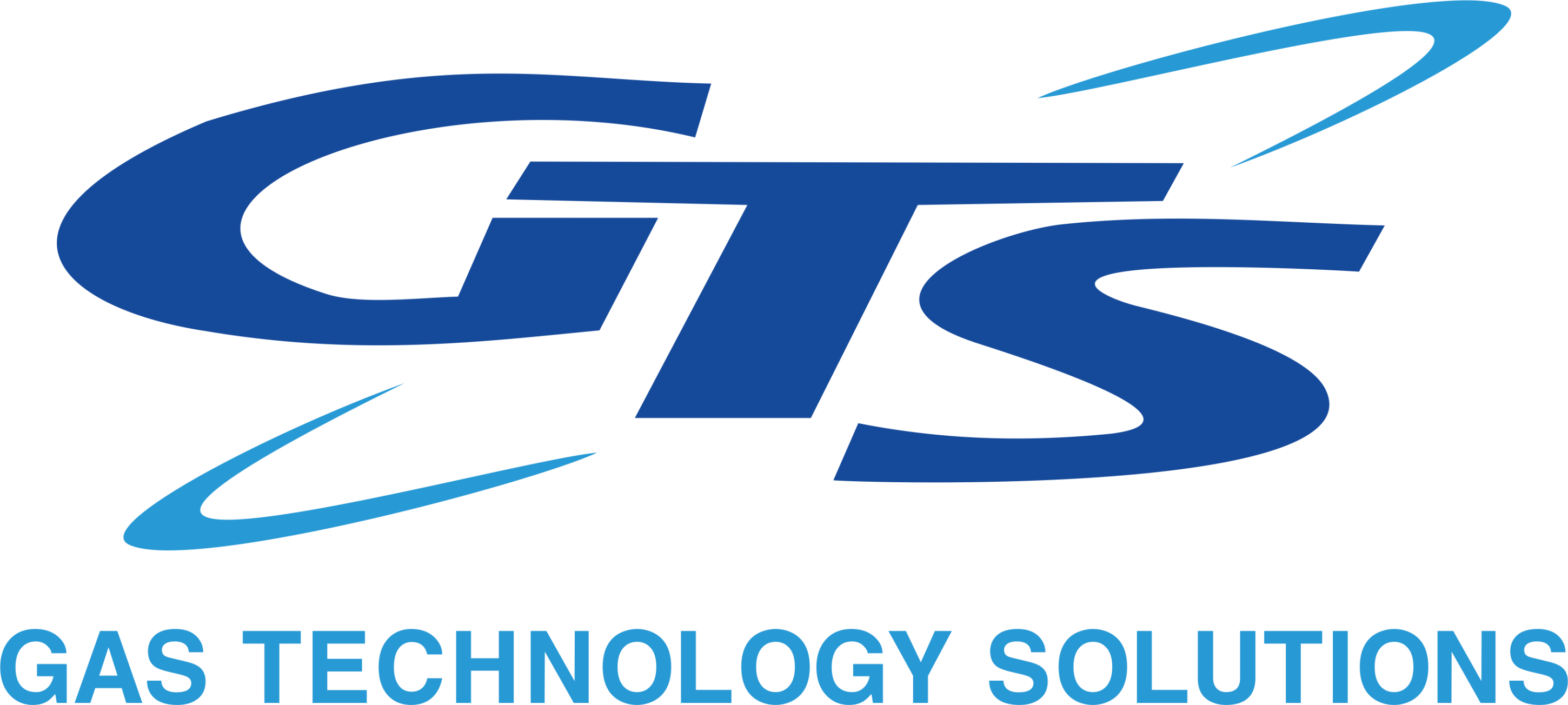Chưa được phân loại
Strategic Asset Management
Using a strategic approach to long-term maintenance and planning for operations asset management will better align physical assets with the organization’s overall business goals. Rather than relying on available budgets or estimating future needs strategic asset management allows decision makers to use condition data and balance service level requirements with budgetary goals for sustainable infrastructure and facilities.
The key element of this method is a solid team with a shared vision. This means that the people who manage and manage your assets are an integral element in the process as they are familiar with your equipment inside out. They can provide valuable information into how you can improve your procedures and processes, and have a significant impact on your asset management plan. This will help ensure that everyone is on board, and that everyone is involved in designing your strategy.
A well-thought-out strategic asset management plan starts with identifying and cataloging all your assets together with their locations and their condition. This helps you determine the most important assets in your inventory and determine the priority of their maintenance. You can then use this information to implement a range of additional initiatives, such as streamlining work orders, increasing uptime and improving reporting.
Another vital aspect is evaluating the impact of your asset management decisions on your community. This involves weighing immediate costs against the long-term savings and benefits, and evaluating the effect on the environment.
enhancing deal intelligence with data analytics
